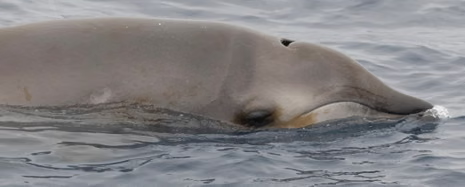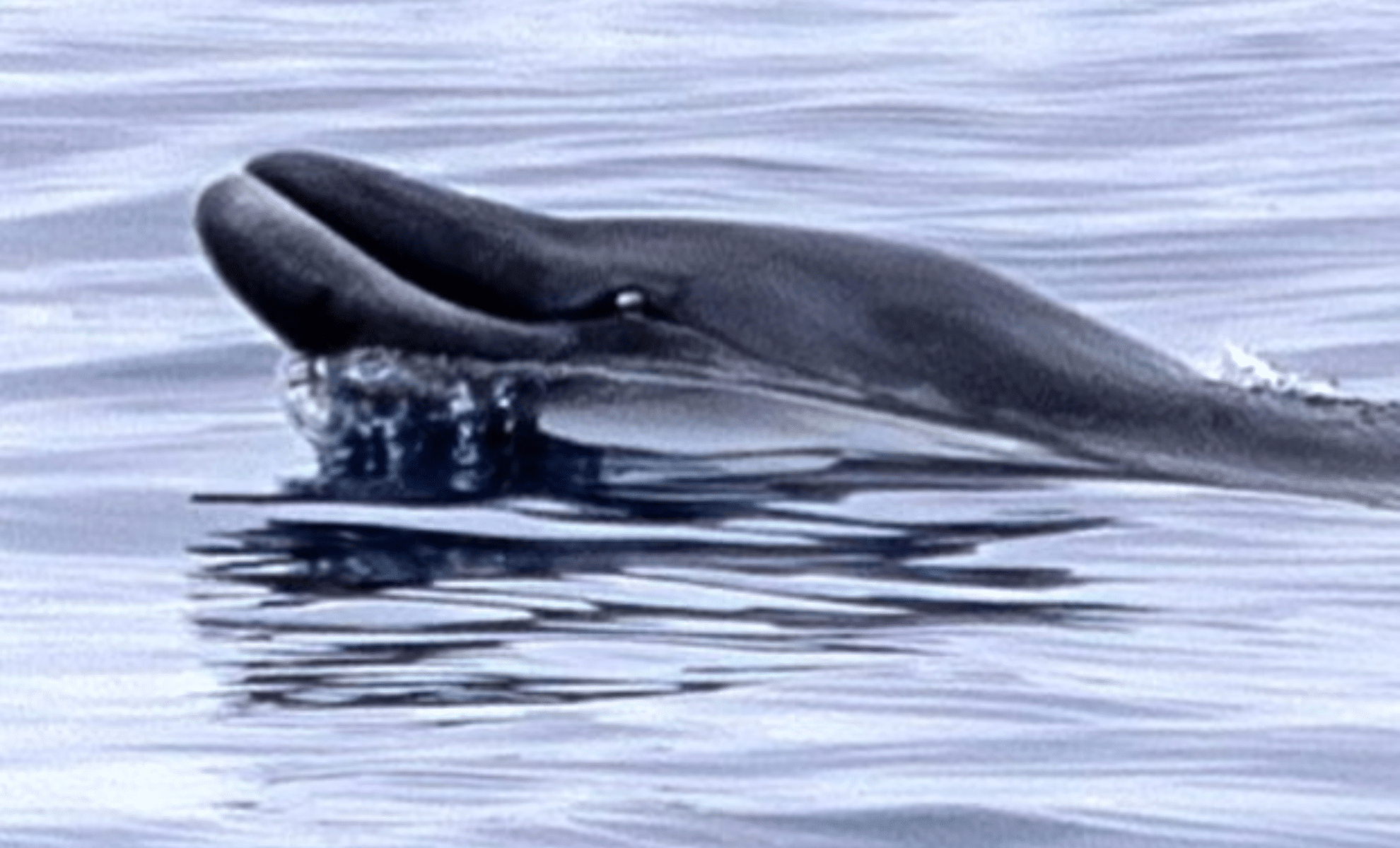What the Discovery Is A team of marine scientists off the coast of Baja California in Mexico achieved a major breakthrough in June 2024: they capture
What the Discovery Is
A team of marine scientists off the coast of Baja California in Mexico achieved a major breakthrough in June 2024: they captured the first confirmed live sightings of the elusive ginkgo‑toothed beaked whale (previously known only from stranded carcasses and underwater acoustic signals).
For years, this species was known only through its distinct voice (tagged “BW43”) and a handful of dead specimens. No one had ever seen them in their natural habitat, until now.
How the Researchers Found Them
The research group, involving Mexican and U.S. institutions including Oregon State University, towed hydrophones and used high-powered binoculars aboard the vessel Pacific Storm to detect and locate whale calls.
After five years of effort following the BW43 acoustic signature, the team finally sighted what appeared to be juvenile beaked whales surfacing near the ship. A small skin sample was taken via remote means to confirm identity.
The location: off the coast of Baja California, Mexico — a remote deep-ocean region where such whales spend most of their lives underwater, surfacing only briefly.

Why This Matters
Filling a Huge Knowledge Gap
These whales are among the most mysterious large mammals on Earth. Science knew of their existence through strandings, but never their live behaviour, social groups or real-time ecology.
Conservation Implications
Because beaked whales dive deeply and infrequently surface, they are difficult to monitor and vulnerable to human disturbances (such as naval sonar). Knowing their habitat and behaviour is critical for protection.
Revealing Hidden Biodiversity
The discovery reinforces that even large marine species can remain unknown in our oceans. It reminds us how much of marine life is still unexplored.
What We Still Don’t Know
Population size of the ginkgo-toothed beaked whale remains unknown.
Range and migration patterns: Are they strictly confined to the Baja region or more widespread?
Detailed ecology: Diet, lifespan, social structure are still mysteries.
Threats: How human-activities (noise, deep-sea mining, ship traffic) impact them remains unclear.
Human Connection: Why It’s So Inspiring
For the public, this discovery has a powerful resonance:
It evokes wonder: a creature so elusive, finally glimpsed alive after decades of speculation.
It shows the value of perseverance: five years of listening, tracking, following faint signals — and today we have a sighting.
It calls for humility: even now, in our technologically advanced age, there are large mammals hidden from our view — reminding us to respect and protect the deep sea.



COMMENTS